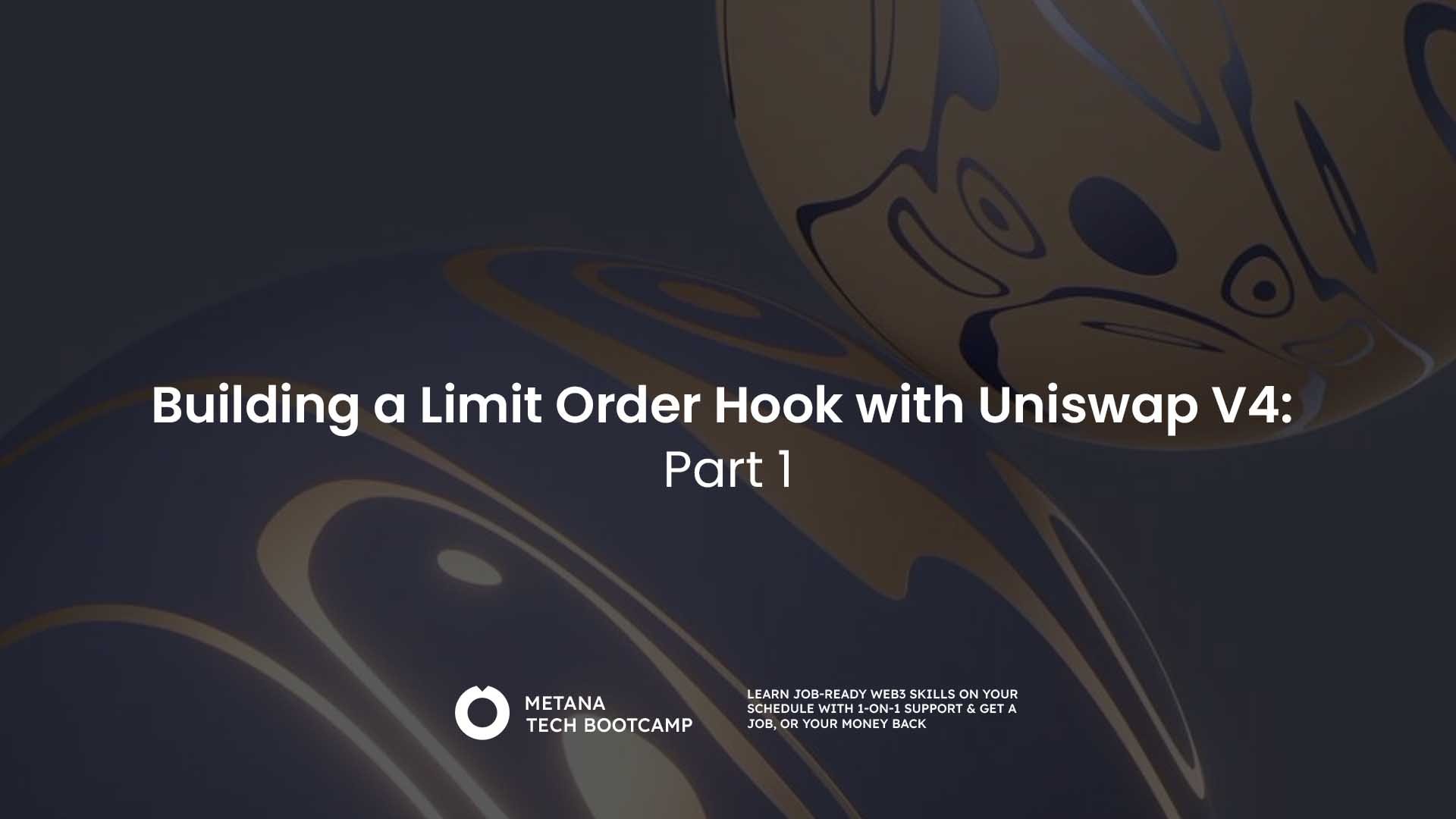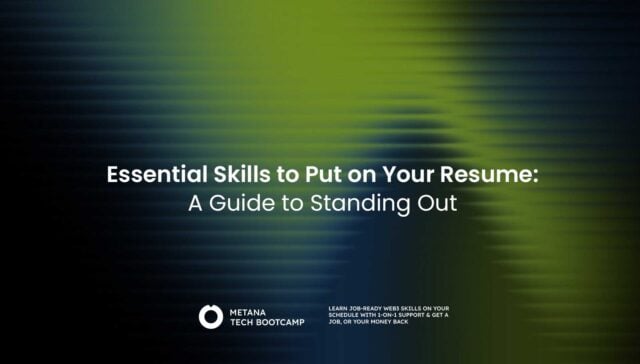TL;DR
- Take-profit limit orders in DeFi allow traders to automatically sell assets at a set price using Uniswap hooks.
- ERC-1155 tokens are used for unique order tracking and execution.
- Gas fees must be managed to optimize transaction costs and prevent failed trades.
- Slippage management helps traders protect their profits in volatile markets.
- Security measures ensure only authorized users can modify or cancel orders, preventing fraud.
Decentralized finance (DeFi) has transformed trading by giving users full control over their assets. A take-profit limit order allows traders to automate their exit strategy, selling an asset at a predefined price for optimal gains. Unlike market orders, which execute at the best available price, take-profit limit orders in DeFi execute only at the specified price or better. This automation helps traders lock in profits while minimizing risk. By leveraging Uniswap hooks, developers can build a take-profit limit order book that efficiently manages gas fees, handles ERC-1155 tokens, and reduces slippage. These hooks provide a seamless and secure way to manage trades within the DeFi ecosystem, offering more control and flexibility for users.
Understanding Take-Profit Limit Orders in DeFi
A take-profit limit order enables traders to sell their assets at a set price without manual intervention. This helps them lock in profits and avoid emotional decision-making during market fluctuations. The implementation of a limit order book involves order tracking, transaction cost management, and risk mitigation strategies.
The tutorial explains how ERC-1155 tokens assign unique identifiers to orders. This system ensures efficient tracking, preventing duplication and ensuring smooth execution.
An effective limit order system allows users to place orders with predefined parameters, cancel orders when necessary, and manage slippage risk. Slippage occurs when the execution price differs from the expected price due to market volatility. Setting minimum token return thresholds helps traders avoid unfavorable trades and protect their investments.
Security Considerations & Future Developments in DeFi Trading
Security is essential when developing DeFi trading systems. Ensuring that only authorized users can cancel or modify orders helps prevent fraud. Smart contract checks strengthen transaction integrity, reducing vulnerabilities from bad actors.
The presenter outlines upcoming improvements, including enhanced notification systems, better integration with DeFi protocols for increased liquidity, and optimized transaction efficiency to lower gas fees. These advancements aim to make take-profit limit orders in DeFi more effective and accessible.

Final Thoughts
Building a take-profit limit order book using Uniswap hooks requires an understanding of smart contracts, gas fees, order mechanics, and security protocols. Whether you are a developer improving DeFi trading systems or a trader optimizing strategies, mastering these fundamentals provides a competitive edge in blockchain trading. Staying informed and actively engaging with DeFi tools will help you make the most of automated trading solutions.
FAQs
What is TP and SL in trading?
- TP (Take Profit) is an order to sell an asset at a target price for a profit. SL (Stop Loss) is an order to sell an asset to limit losses if the price drops.
What is the difference between a take-profit limit and a stop-limit order?
- A take-profit limit order executes only at the specified price or better, ensuring a controlled profit exit. A stop-limit order activates once a set stop price is reached but only executes at the limit price, helping prevent excessive losses.
What does TP1 mean in trading?
- TP1 (Take Profit 1) is the first target price level where a trader plans to take partial profits before aiming for higher TP levels.
What is the difference between a take-profit order and a stop-loss order?
- A take-profit order locks in gains by selling an asset at a higher price. A stop-loss order prevents further losses by selling an asset if the price drops to a set level.
What is a take-profit limit order?
- A take-profit limit order is a conditional order that sells an asset at a set price or better, ensuring that traders exit at a profitable level without manual intervention.








